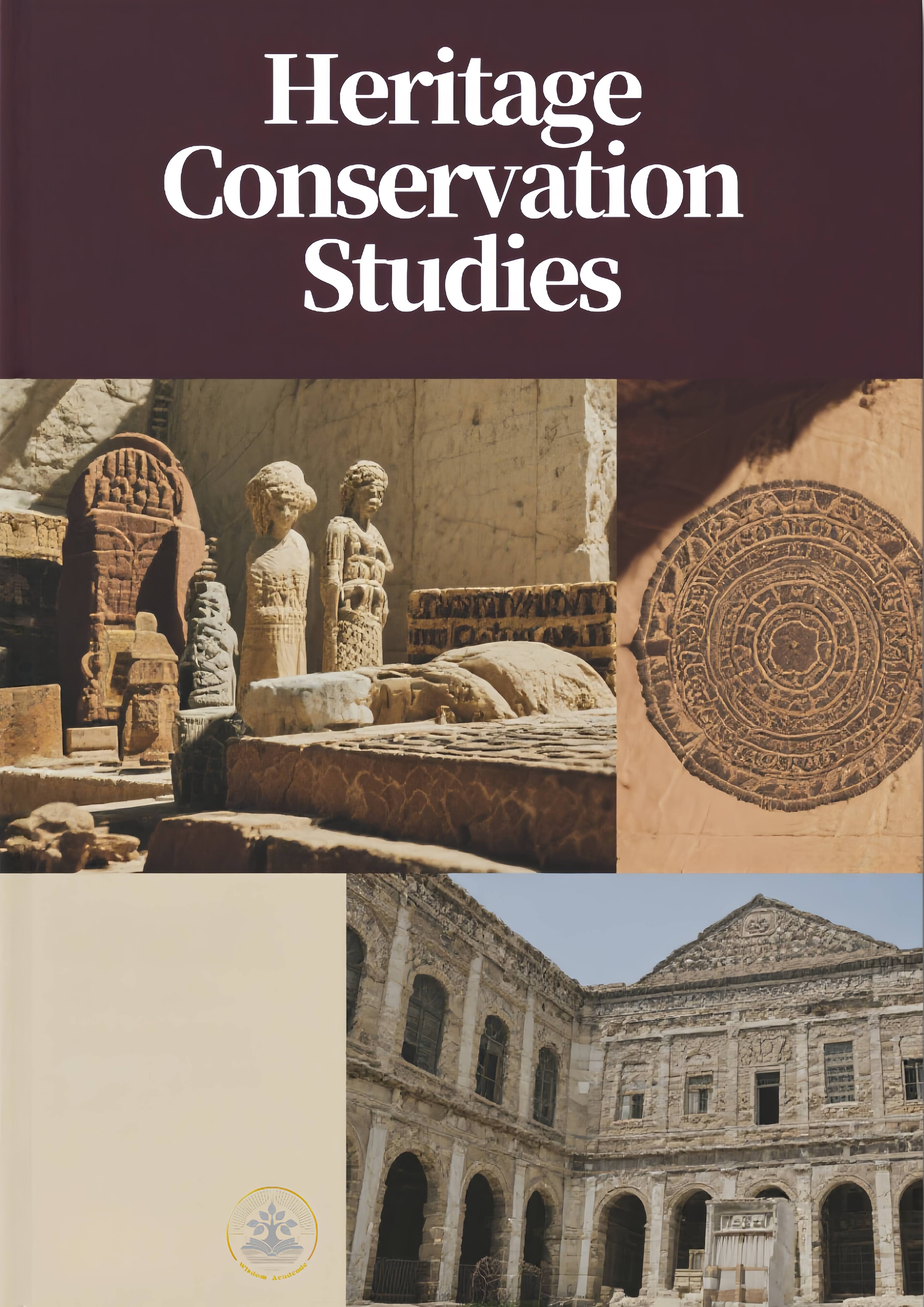Abstract
This research focuses on the sandstone preservation methods as employed at the Mogao Caves in China and Egypt’s Luxor Temple, focusing on how these sites deal with similar issues arising from dry climates in different ways. The study critiques the Western “minimum intervention” theory of conservation by analysing and comparing micro-climate control systems, the use of nanomaterials, and salt damage mitigation strategies to control Westernisation of these systems. It identifies the environmental aspects of wind erosion, salt crystallisation, and thermal stress as factors needing specifically tailored conservation methodologies to protect sandstone’s breathing qualities. This study exposes cultural and societal values embraced at both sites by documenting adaptations of technological innovations as localised paradigms within material science—leading to a paradigm that merges under contextualised conservation approaches—extent of cultural innovation. These approaches need to be informed by traditional ecological knowledge systems devoid of conservation orthodoxies that dominate the field for sandstone heritage preservation in order to be successfully implemented.

